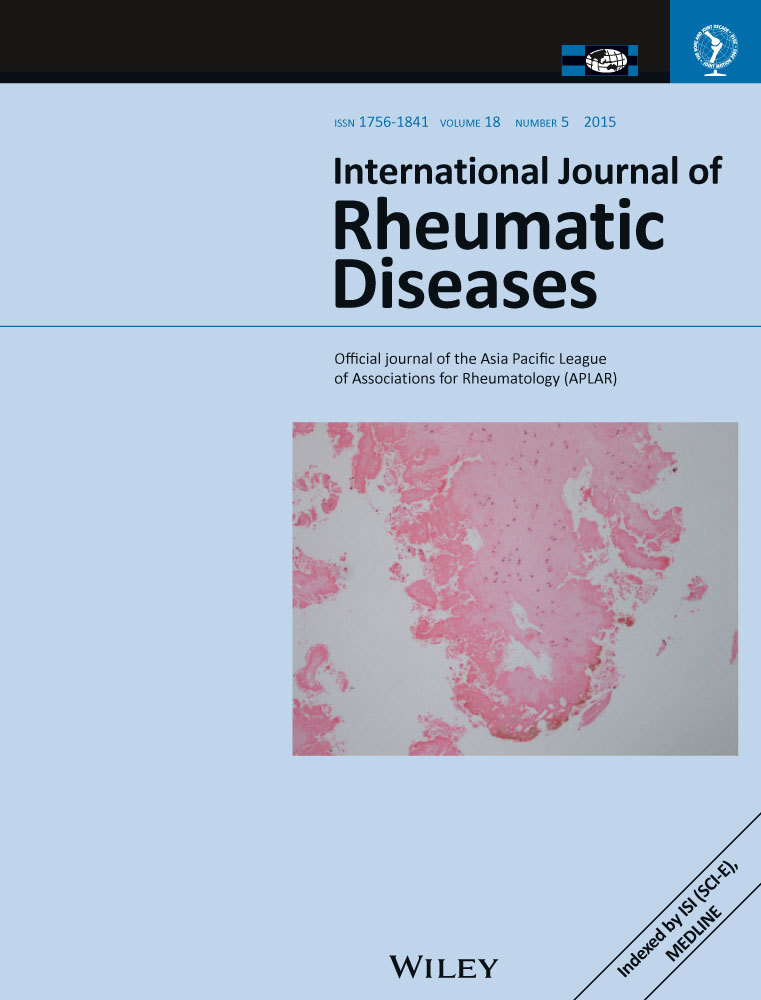Case control study of risk factors for frozen shoulder in China
Abstract
Aim
Frozen shoulder is a common self-limiting regional skeletal problem of unclear pathogenesis. It usually has an insidious onset and follows a protracted course. The aim of this study was to assess the prevalence and related risk factors for frozen shoulder in Shanghai, China.
Methods
We performed a hospital-based case-control study involving 182 patients with pathologically diagnosed frozen shoulder and 196 patients hospitalized during the same time period with non-shoulder related complaints who were recruited as controls. Information on potential risk factors was collected on both case and control groups through questionnaires and face-to-face interview. Univariate and multivariate logistic regression analyses were performed.
Results
Among the frozen shoulder patients, 24.2% had diabetes and 16.5% had history of shoulder trauma. Multivariate analysis suggested that diabetes and history of slight trauma were independent risk factors for the disease. The frozen shoulder patients also had a higher prevalence of thyroid disease, increased body mass index and cervical spondylosis than the controls. The incidence of frozen shoulder was higher in female compared to male patients. No significant difference was found in occupations, physical exercise, cholecystitis, history of surgical and ischemic heart disease between the frozen shoulder group and the control group.
Conclusions
The findings in the present study indicate that diabetes, history of slight shoulder trauma, thyroid disease, increased body mass index and cervical spondylosis are factors significantly associated with increased frozen shoulder risk among individuals within the area of Shanghai, China.




